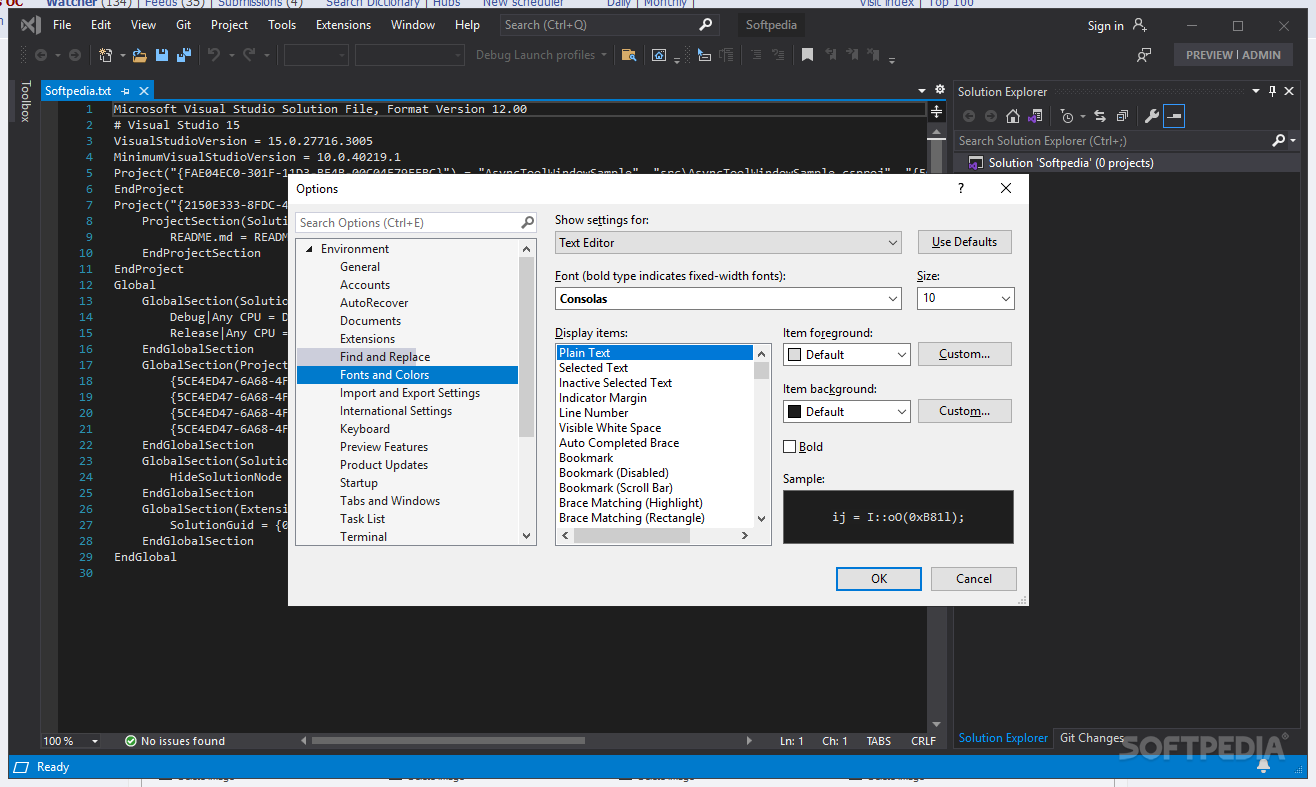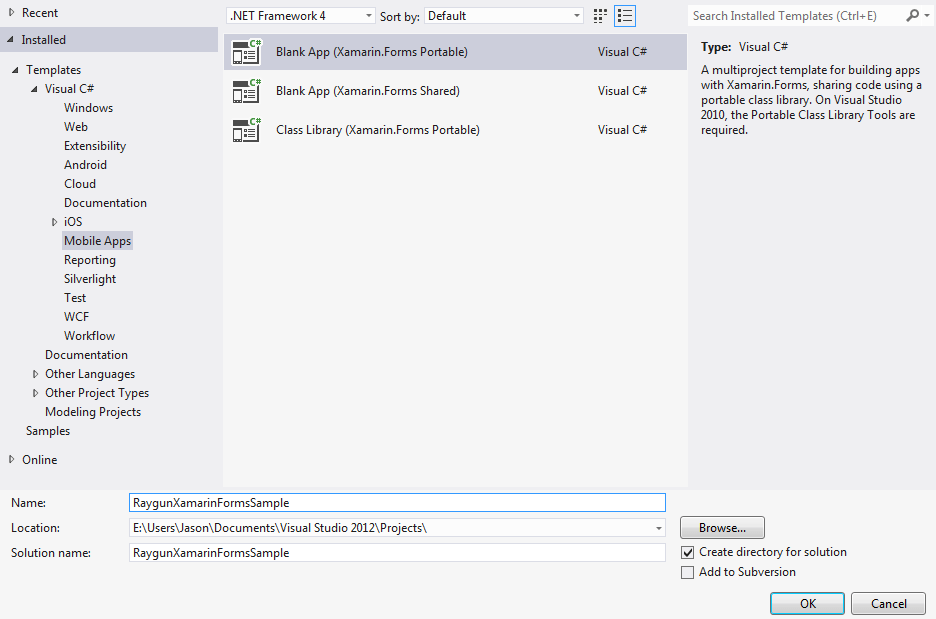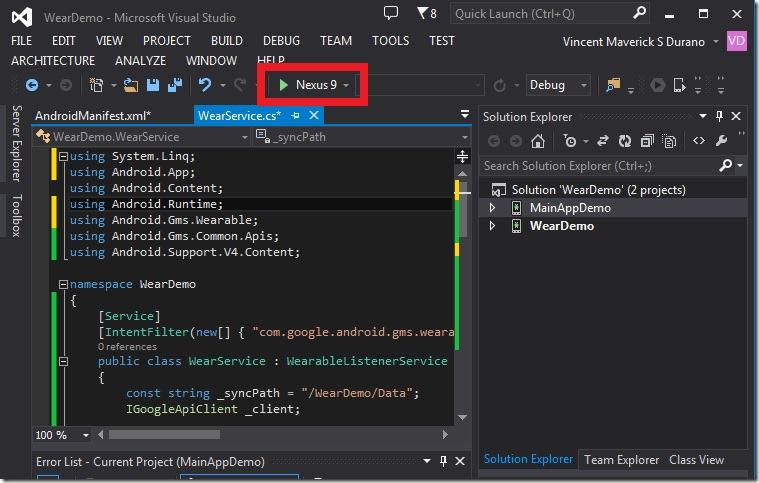

- #Xamarin visual studio 2012 tutorial install
- #Xamarin visual studio 2012 tutorial skin
- #Xamarin visual studio 2012 tutorial android
- #Xamarin visual studio 2012 tutorial code
- #Xamarin visual studio 2012 tutorial free
A property Foo is defined in terms of a getFoo() getter function that returns a value and a setFoo() setter function that is passed a value. A property represents some data with possible side effects when read from and/or when written to. NET languages we are used to working with properties. As you can see, you pass a string resource ID to the method and it returns the resultant corresponding string. getString() is a method of the Activity class (or, more accurately, a method of one of Activity’s ancestor classes, Context).
#Xamarin visual studio 2012 tutorial code
To reference the string resource in code from an activity method, you simply call getString(R.string.my_button_text).

Strings referenced in the XML attributes with the prefix or in the code as members of the R.string class are defined in the ''strings.android-xml'' resource file, which can be found in the ''res/values'' folder. To get access to the button object you’d use Button(findViewById(R.id.MyButton)) - notice the typecast to get a Button object, which is needed because findViewById() returns a View object, one of the Button class’s ancestor types. For example, the button named in the layout XML above has an ID accessible in code as R.id.MyButton. To access the control, you can pass the ID into the activity’s findViewById() method. (all IDs become members of the id class, which is nested within the R resource class). You prefix in front of the chosen name and you can then reference the control’s ID in code by prefixing it with R.id. Ĭontrols are named with the android:id attribute in layout XML. The visual representation of the screen for MainActivity is defined in the XML file ''main.layout-xml'' which is in the ''res/layout'' folder. The pre-created MainActivity contains a small amount of code to set up a simple UI with a button that, when clicked, displays an incrementing count on its caption.
#Xamarin visual studio 2012 tutorial android
An Activity is the most basic part of an Android app – a single, focused thing that the user can do. The new Android project is created with a single simple activity called MainActivity. In both Visual Studio and Fire, the New Project dialog provides the Android app template under Oxygene for Java and Android. If you’ve installed them into custom locations and it fails to find them, this gives you an opportunity to specify the installation folders. The first time you create or open an Elements project for Android, it will do a ‘pre-flight check’ to ensure that it can locate the things it needs, notably the JDK and the Android SDK.
#Xamarin visual studio 2012 tutorial install
So be sure to run it as Administrator (or install the Android SDK into a custom location to make things simpler). As mentioned earlier, if the Android SDK was installed into the default location, it will require administrative privileges to install them. Note: When you re-run the SDK Manager, it will often find updates to install. You can launch the emulator from this screen by selecting it and pressing the Start button.
#Xamarin visual studio 2012 tutorial skin
Once you’ve specified the SD Card Size for the emulator (say 512) and chosen a skin (a screen resolution) you can use the Create AVD button to finish the job. You can choose any installed API level, for example Android 2.2 - API Level 8 (also known as Froyo) or Android 4.0.3 - API Level 15 (also known as Ice Cream Sandwich). Just click New, give the emulator a name and select the API in the You can do this from the Android Virtual Device Manager, which is accessible from the SDK Manager by choosing Tools, Manage AVDs. When the tools and platforms are all installed, you will be able toĬreate an Android Emulator, also known as an Android Virtual Device or AVD. To get started with Android development, you need to install the Java Development Kit and Android SDK, as outlined here (Fire) and here (Visual Studio).
#Xamarin visual studio 2012 tutorial free
There is a free online DroidDraw tool for building Android User Interfaces via a WYSIWYG interface, but editing the XML directly is

NET’s XAML) is edited to lay out the visual elements. Without a WYSIWYG design surface for building the UI. Screen sizes, formats and orientations, it was intentionally designed Projects, and produces both native Java JAR files and the Android APKįile necessary for deployment to an Android device.īecause Android runs on such a wide variety of devices with different Oxygene for Java ships with templates for creating Android The Android operating system is based on theĭalvik Virtual Machine (VM), which is a mobile-optimised VM similar to


 0 kommentar(er)
0 kommentar(er)
